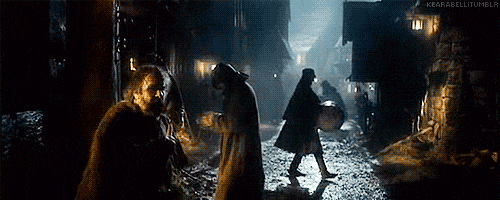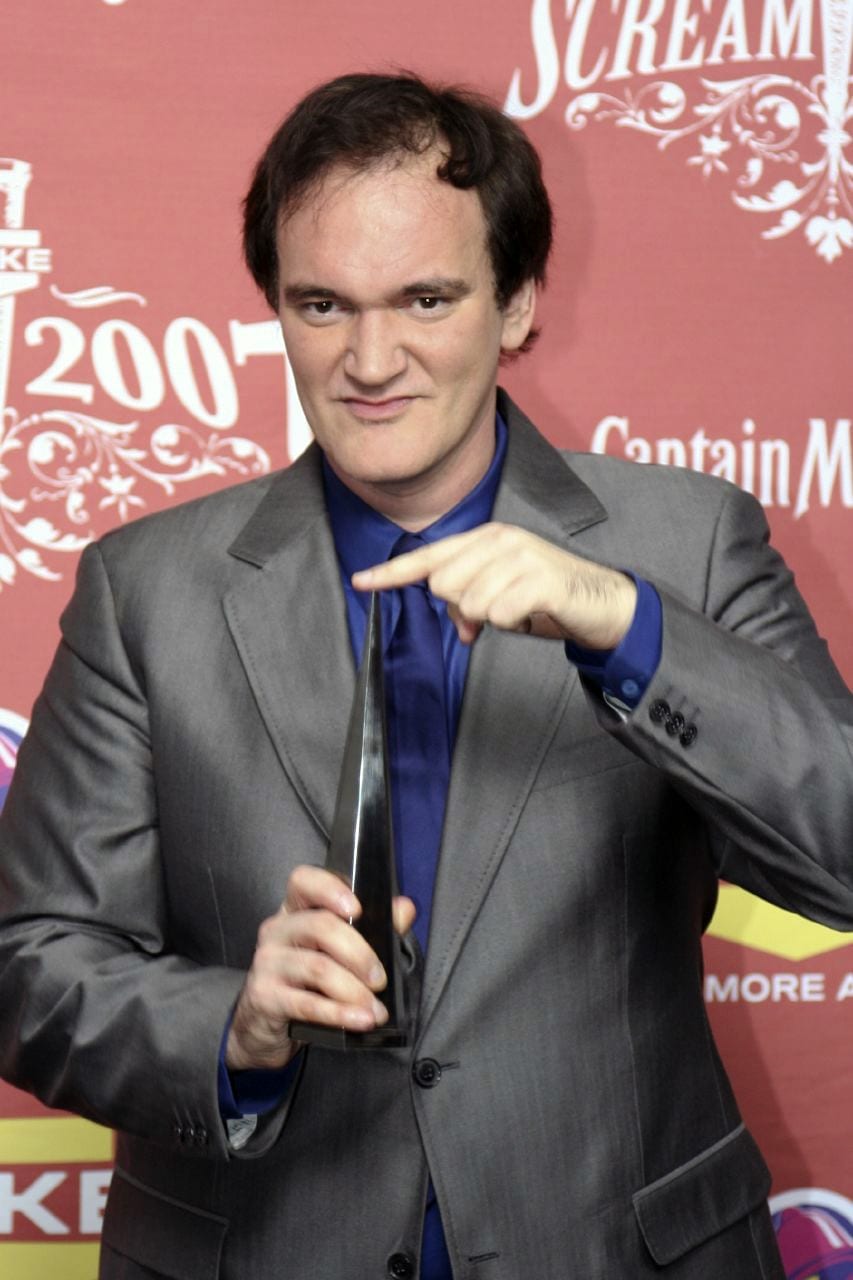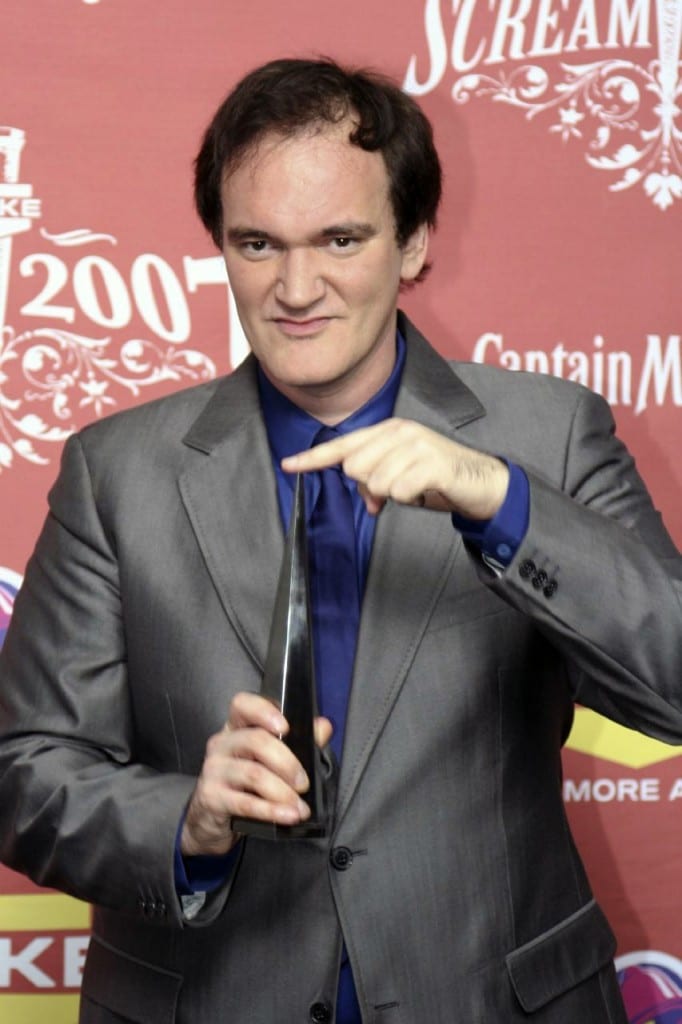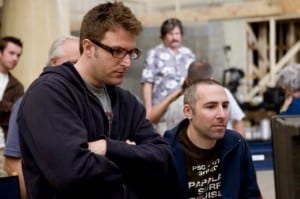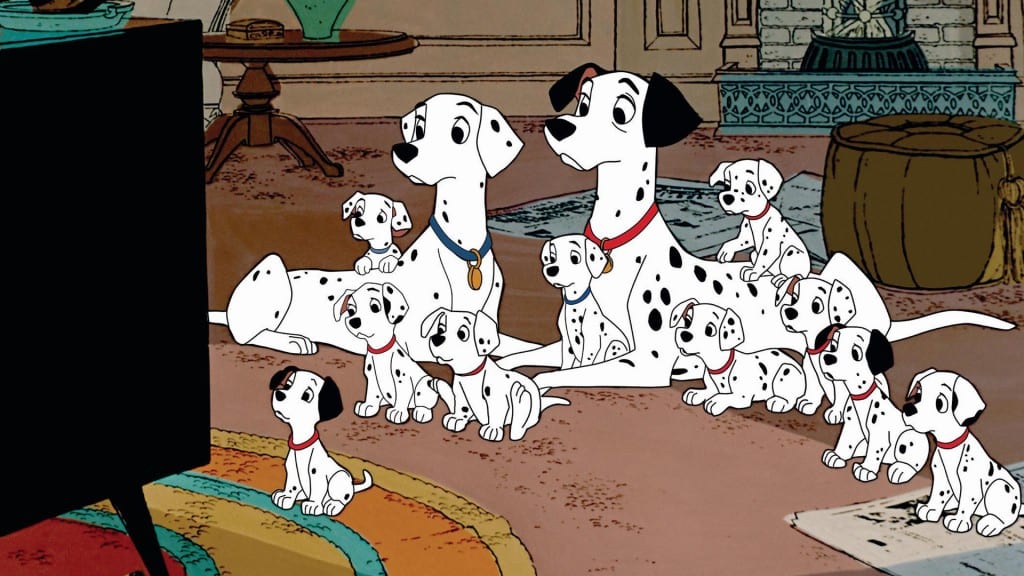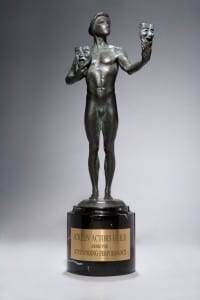The Lord of the Rings trilogy is a series that could be considered one of the most ambitious film projects made. The production of these three films was huge with an overall budget of $280 million. All three films were shot simultaneously in New Zealand and the project took eight years to complete. The extended editions of the three films total 682 minutes (6hrs 22m), the longest being Return of the Kings with is over three hours.
If you’re a big Lord of the Rings fan then you may have noticed director Peter Jackson’s cameos in the films. In The Fellowship of the Ring Jackson appears in Bree, he was originally supposed to be smoking a pipe but it made him feel sick so he holds a carrot. In The Hobbit: Desolation of Smaug Jackson again appears in Bree talking across screen taking a bite from a carrot, a nice reference to his cameo over a decade earlier.
In The Two Towers Jackson defends Helms Deep as a Rohan soldier. During the battle he can be seen throwing a spear at an Uruk-hai. Jackson actually has two cameos in the extended edition of The Return of the King Jackson plays one of the Corsairs of Umbar who is killed when Legolas fires a warning shot. Jackson also appears as Sam’s hands when he faces Shelob. Sean Astin was temporarily absent and Jackson stepped in so that filming wouldn’t slow down.
Jacksons son and daughter, Billy and Katie Jackson, also make appearances in the trilogy several times. Firstly as young hobbits in The Fellowship of the Ring, Billy was actually the only ‘hobbit’ not to wear a wig as he had ‘perfect hobbit hair’. The children also appear as refugee children in the caves of Helms Deep in The Two Towers, and children at Minas Tirith in The Return of the King.
Fanghorn forest, the forest beneath the Misty Mountains where Merry and Pippin meet Treebeard and Aragorn Gimli and Legolas encounter a white wizard. In The Two Towers, Fangorn is entirely artificial, made up of miniature, CGI and a studio set. It was decided that Fangorn would not be shot on location as director Peter Jackson could not find anything suitable in New Zealand.
As part of creating the studio set, Dan Hennah (art director) and Brian Massey (greens department) would visit local botanical gardens and ask to collect their leaves, “We’d fill up all these great big woolsacks full of leaves and take them and cart them away and stash them very carefully”. Driftwood collected from beaches nearby was used as roots for the trees. Treebeard was a 14 foot tall puppet, operated by five people.
Many of the Lord of the Rings sets were actually miniatures. The Numenorian ruins in The Fellowship of the Ring, Amon Henwhich is seen at the end of the Fellowship are recycled polystyrene structures from Weathertop. Several of these ‘miniature’ sets were, although small in terms of scale, so large they became known as ‘bigatures. This name was inspired bur Barad-Dur miniature, which was 15ft tall. The bigature of Orthanc actually filled a whole car park.

